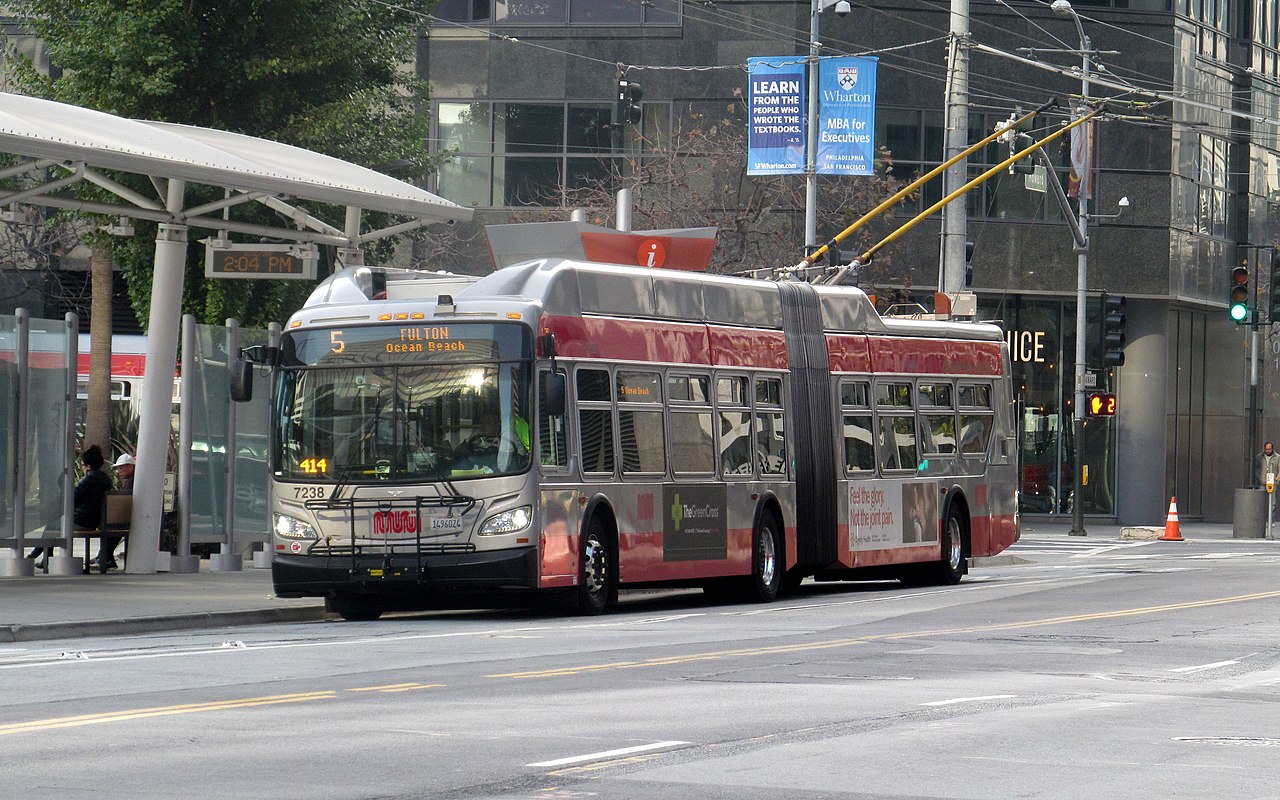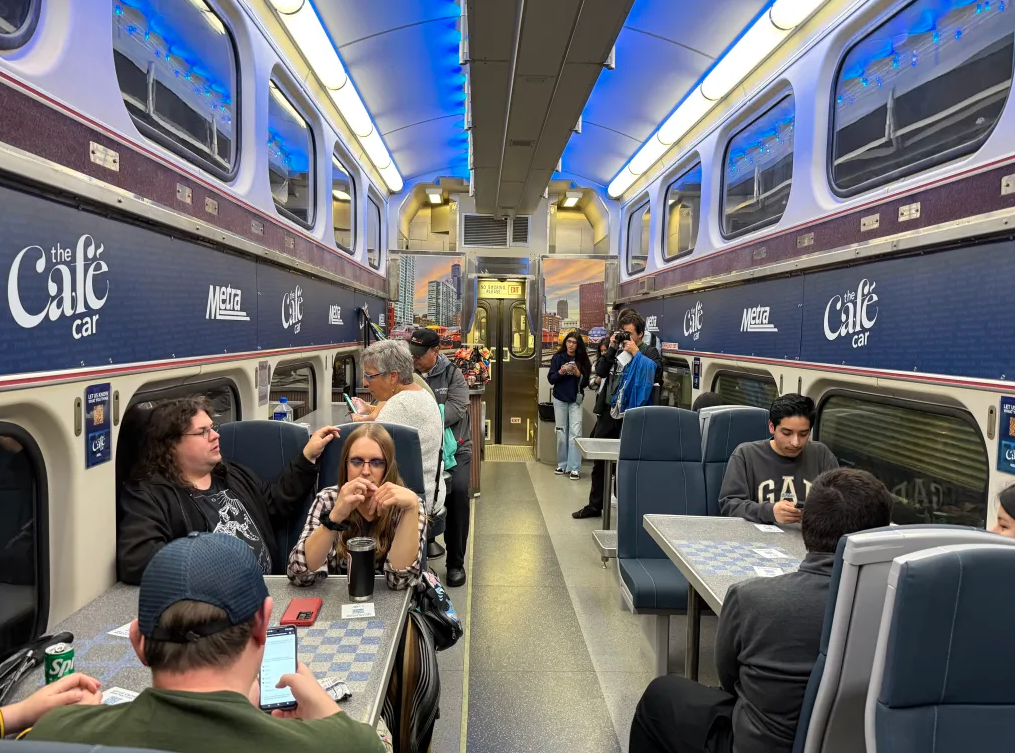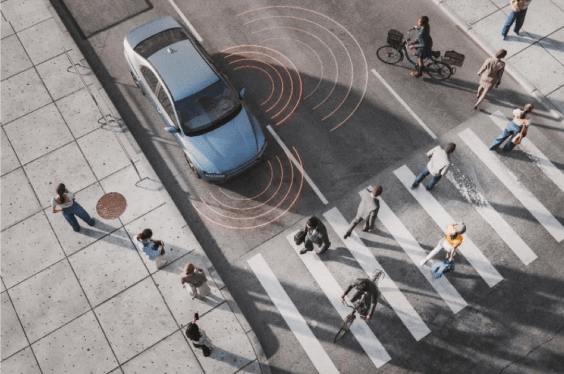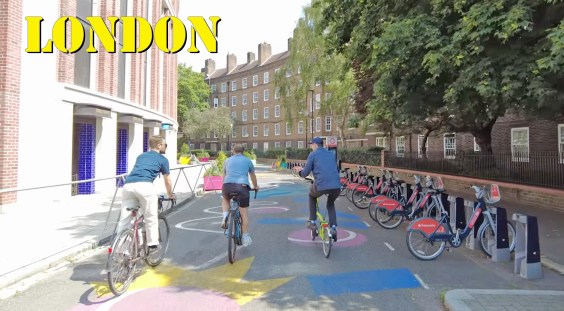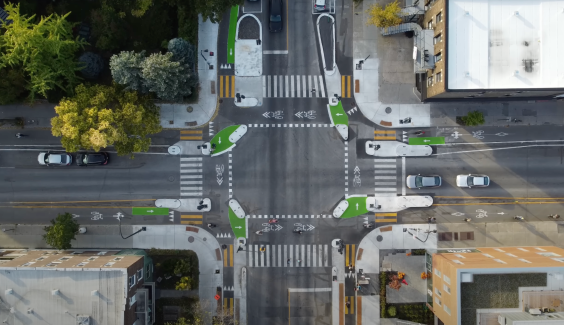We know car commuting is expensive, more expensive than is commonly recognized. That’s because every time we get in the car, we’re not presented with a bill for gas, maintenance, insurance, lost productivity, etc.

Let’s say the tabulation was all there: the cost of your car commute. Maybe even included with mortgage paperwork, so everyone could understand the full costs of their housing decisions. Would people think twice about that large-lot beauty a few miles farther down the interstate?
Well, wonder no more. A personal finance blogger who goes by the name Mr. Money Mustache has done the math. Calculating at the federal reimbursement rate of 51 cents per mile, a car commute can get pricey fast. In fact, a 19-mile SOV car commute translates into $75,000 in costs for that commuter over 10 years, plus about 1.3 years of work time wasted in traffic. For a two-car household driving financed cars, that’s $125,000 and almost 3 years of potential working time wasted every decade.
David Edmunson at Network blog Greater Marin got to thinking: What do those costs mean to a whole community? He did the math for his city and here is what he found:
How much time and money is lost to commuting alone in Marin? The average drive-alone Marinite travels 11.46 miles to work, the distance from Petaluma to Novato. After taking into account a bit of tolling and parking, this average joe spends $3,800 and 24 working days on his commute each year. If he valued his time as much as his employer, that lost time is worth another $6,500. This works out to almost $50,000 in lost wealth and 7 wasted months over a decade. As a county, we spend $565 million every year to commute alone, and every decade we lose an astounding $7.3 billion in wealth and $9.5 billion worth of time. Each 1% of the commuting populace that drives alone rather than paying down a mortgage costs Marin’s economy $106.4 million every decade.
Infill development is one way out of this mess. By bringing workers and jobs closer together, Marinites will be able to save time and money if they want to drive, to the tune of $255 per mile closer to work, and will be more likely to bike or walk to work. These don’t need to be monstrous apartment buildings or affordable housing, but there are enough redundant parking garages and vacant lots to provide a healthy amount of space without damaging the fabric and culture of our towns.
